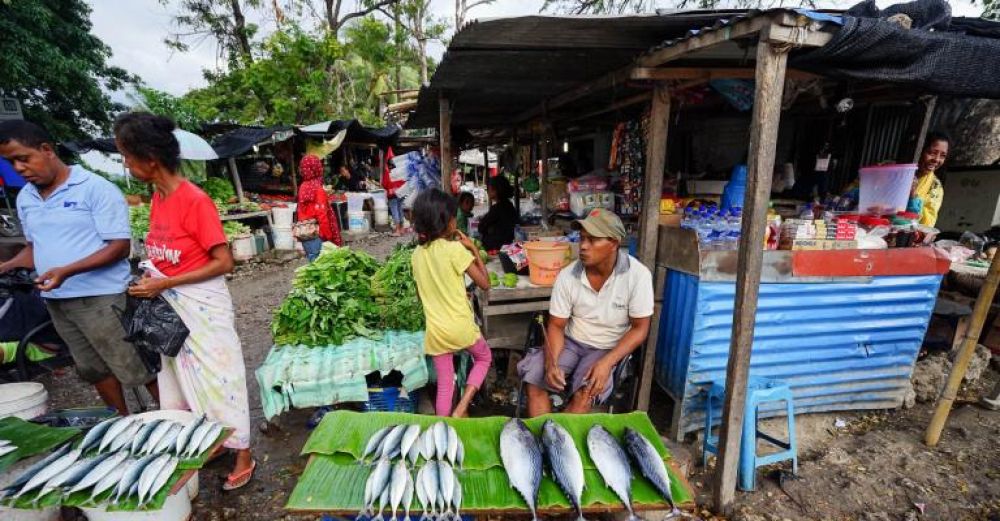

Timor-Leste, or East Timor, is a country with a rich cultural tapestry and a history that has shaped its present-day identity. Same, a small market town in the heart of this young nation, offers a poignant glimpse into the local life, history, and burgeoning tourism industry of this Southeast Asian gem.
The history of tourism in Timor-Leste is relatively recent, largely because the country itself only gained independence in 2002, following a tumultuous past of Portuguese colonization and Indonesian occupation. During these periods, tourism was virtually non-existent, with the region closed off to the external world.
However, after independence, the country began to open its doors to visitors, eager to share its pristine natural beauty, unique culture, and unspoiled landscapes. The government recognized tourism as a potential driver for economic growth and has since been working towards sustainable development of the sector.
Same Market is a testament to the local buzz and traditional lifestyle that dominates Timor-Leste. Here, tourists can immerse themselves in the day-to-day activities of the Timorese people. The market serves as a hub for local farmers and craftsmen to sell their produce and wares, from fresh fruits and vegetables to traditional handwoven textiles known as Tais.
In recent years, the trend in Timor-Leste's tourism has shifted towards eco-tourism and community-based tourism. This reflects a global movement towards more responsible and sustainable travel practices. Visitors to Same are encouraged to engage in activities that promote environmental preservation and social inclusion, such as:
Tourism initiatives are also underway to improve infrastructure, including accommodations that range from homestays with local families to eco-lodges, providing tourists with a variety of experiences while benefiting the local community.
While the potential for tourism in Same is strong, there remain challenges, such as limited accessibility due to infrastructure and the need for increased awareness about the destination. However, with a focus on sustainable development and an increasing interest in off-the-beaten-path destinations, the future for tourism in Same looks promising. With ongoing training for local guides and investments in visitor facilities, Same is slowly positioning itself as an enticing option for travelers seeking authenticity and adventure.
In conclusion, Same Market in Timor-Leste is more than just a place of trade; it is a window into the soul of a nation still finding its feet in the world of tourism. As visitors flock to discover the untouched allure of this Southeast Asian nation, the market stands as a symbol of Timor-Leste's resilience and the potential for a future where tourism contributes positively to the country's economic and cultural wealth.